
- This event has passed.
LA HUELLA SECA
5 Apr - 25 May
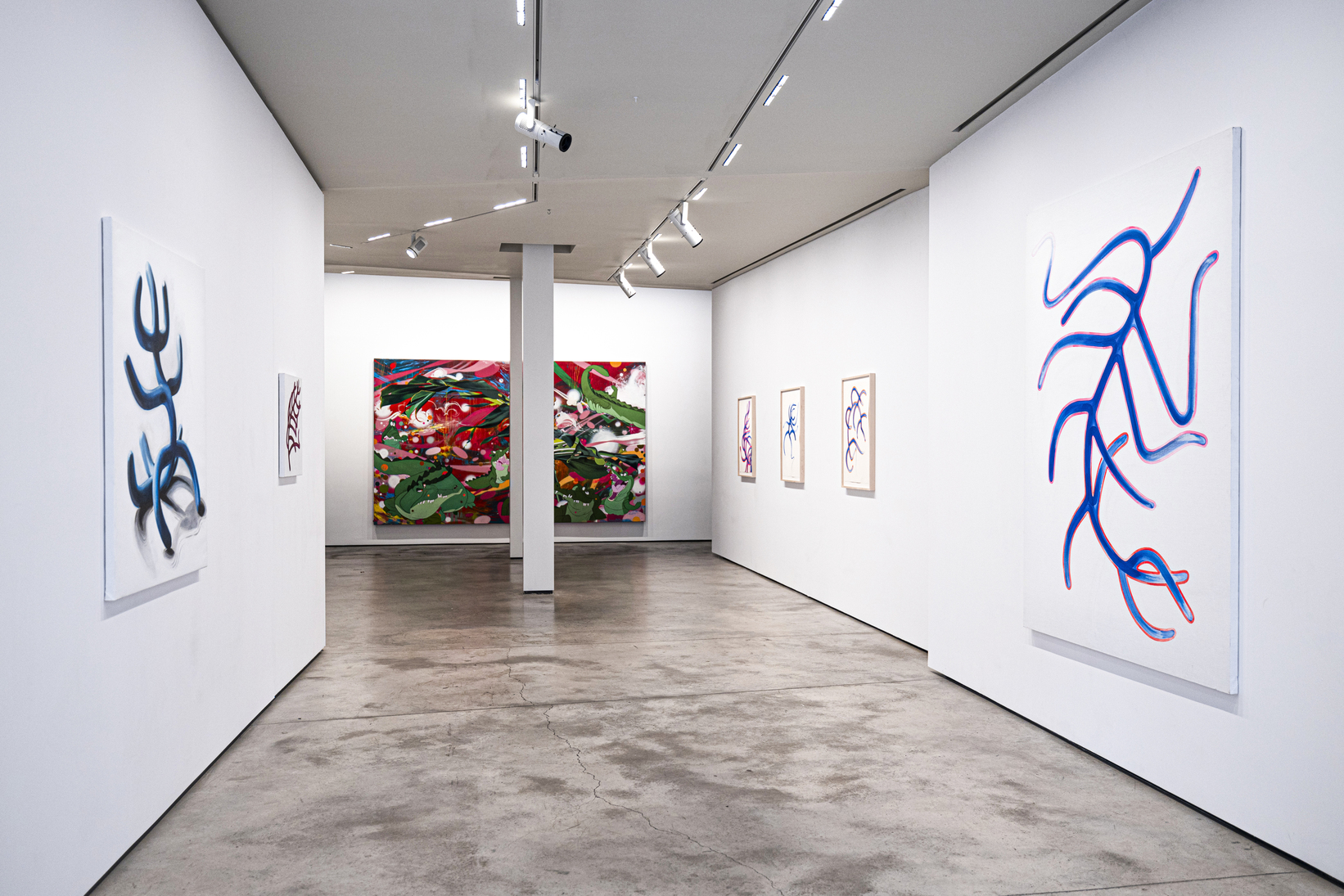
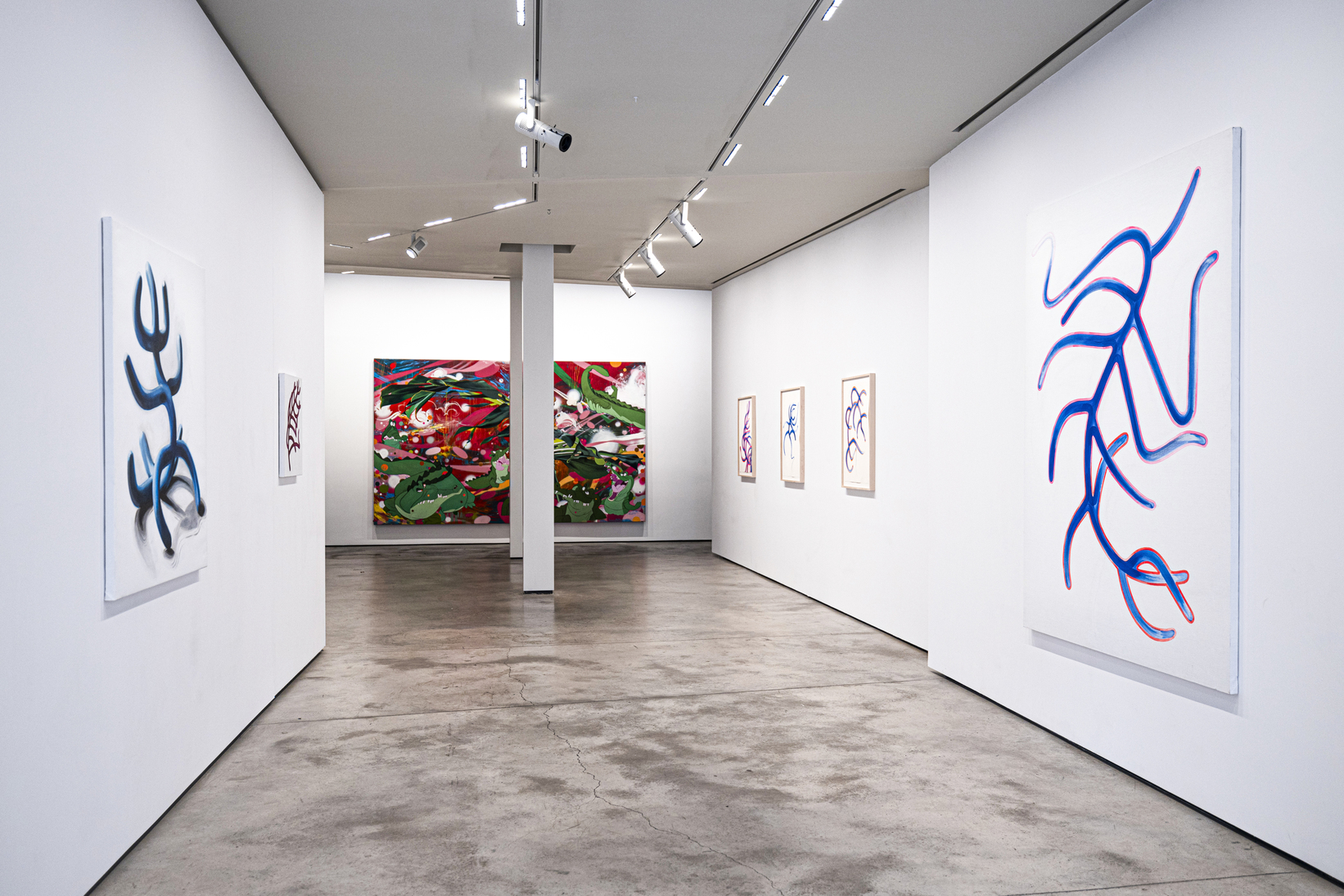
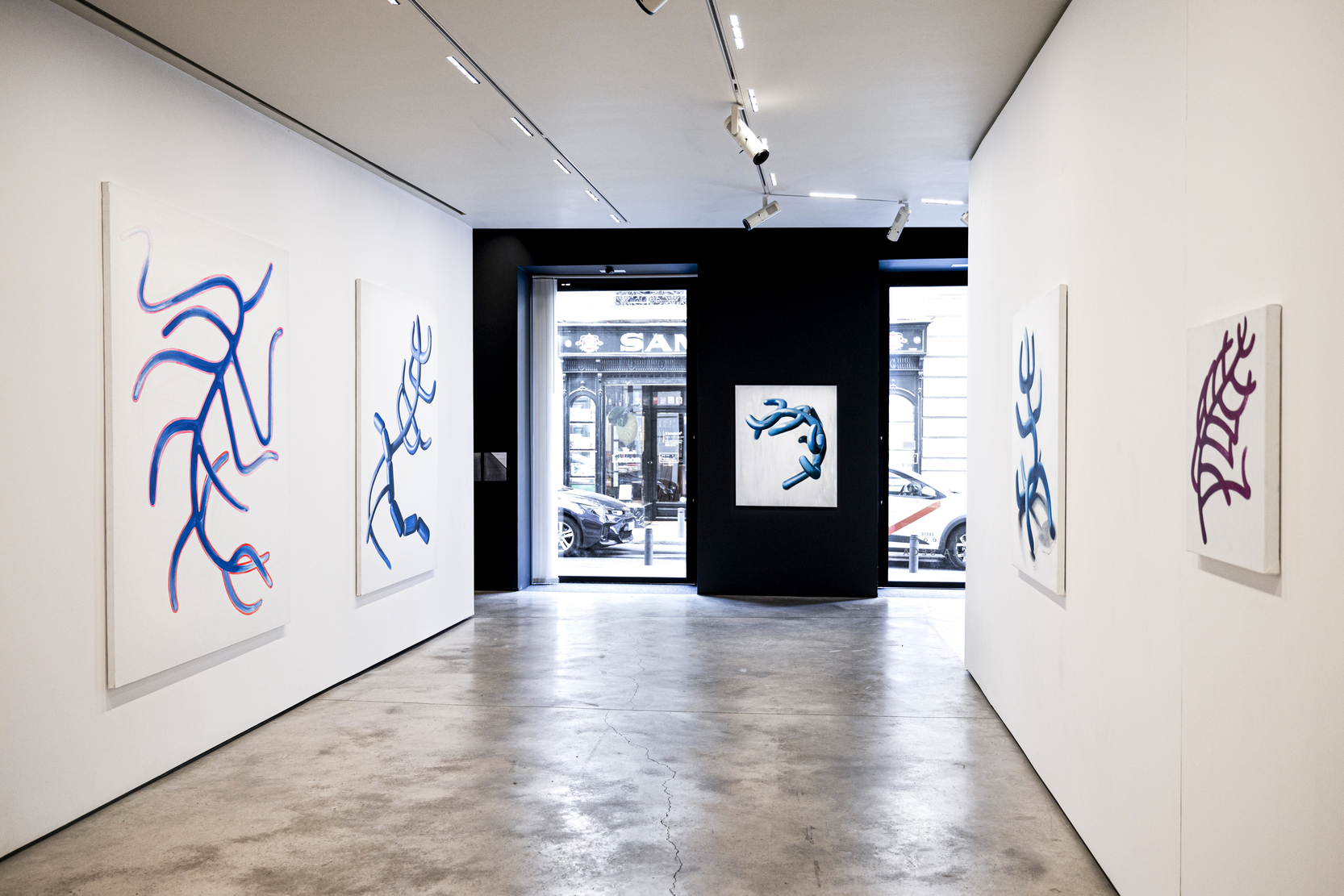
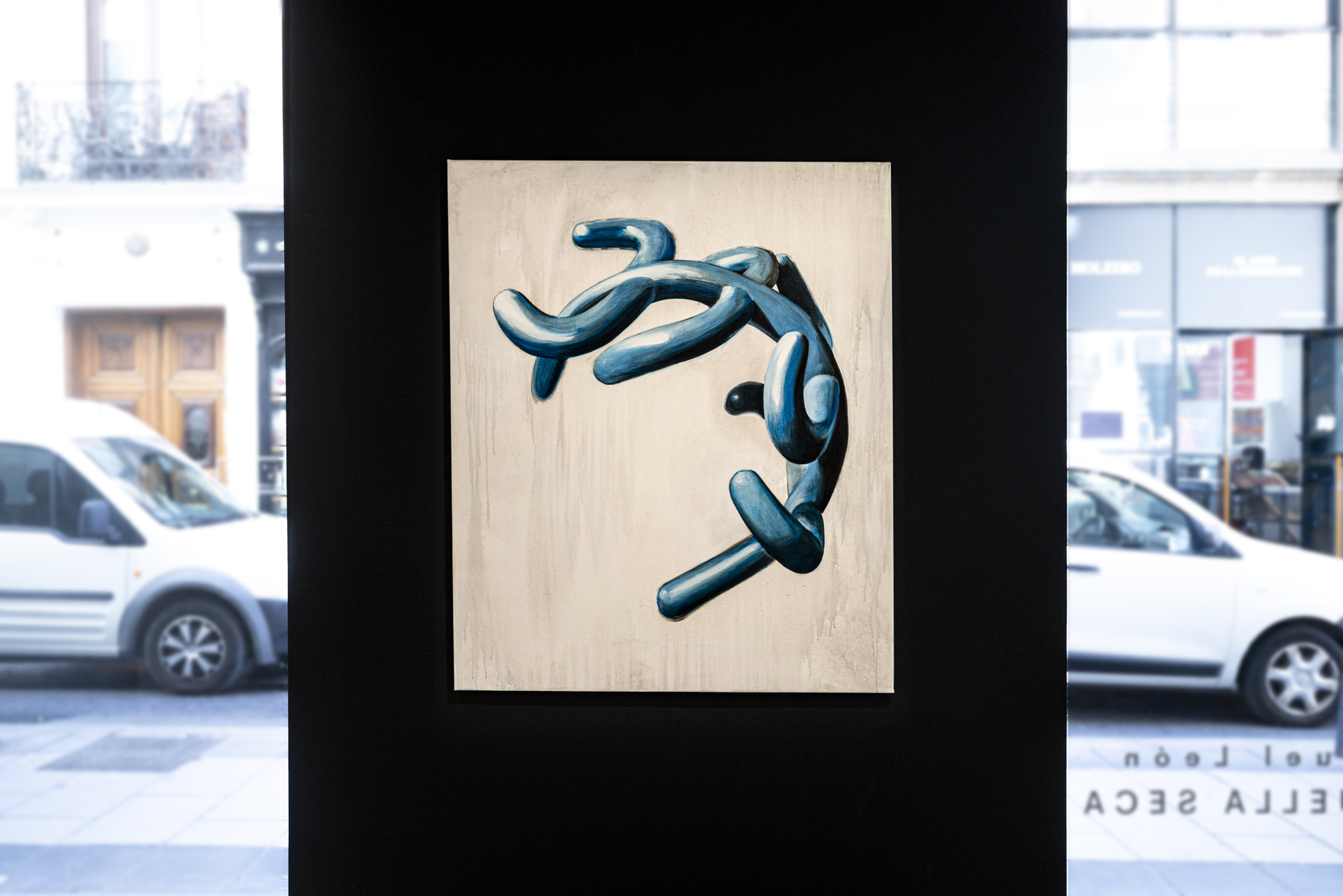
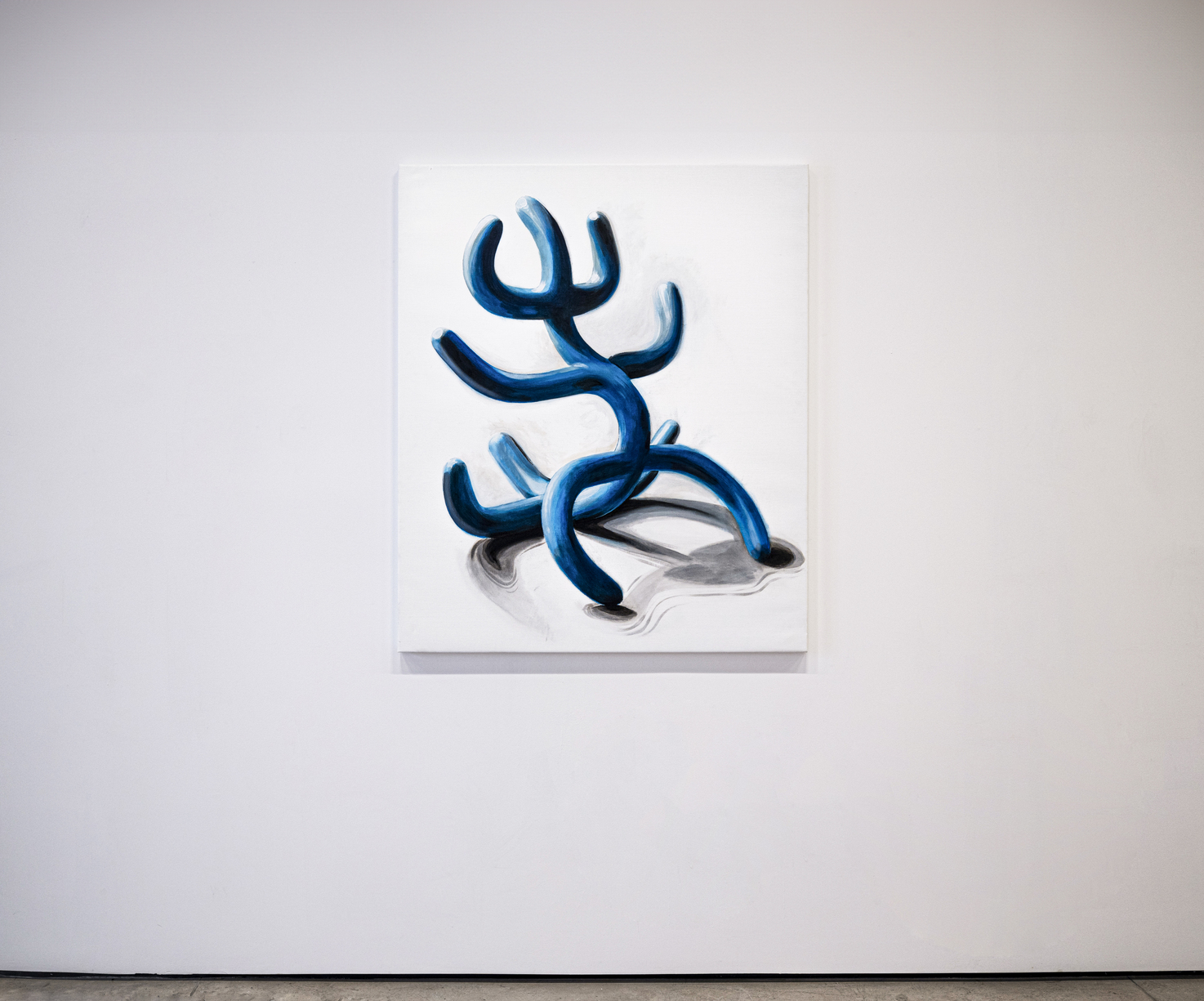
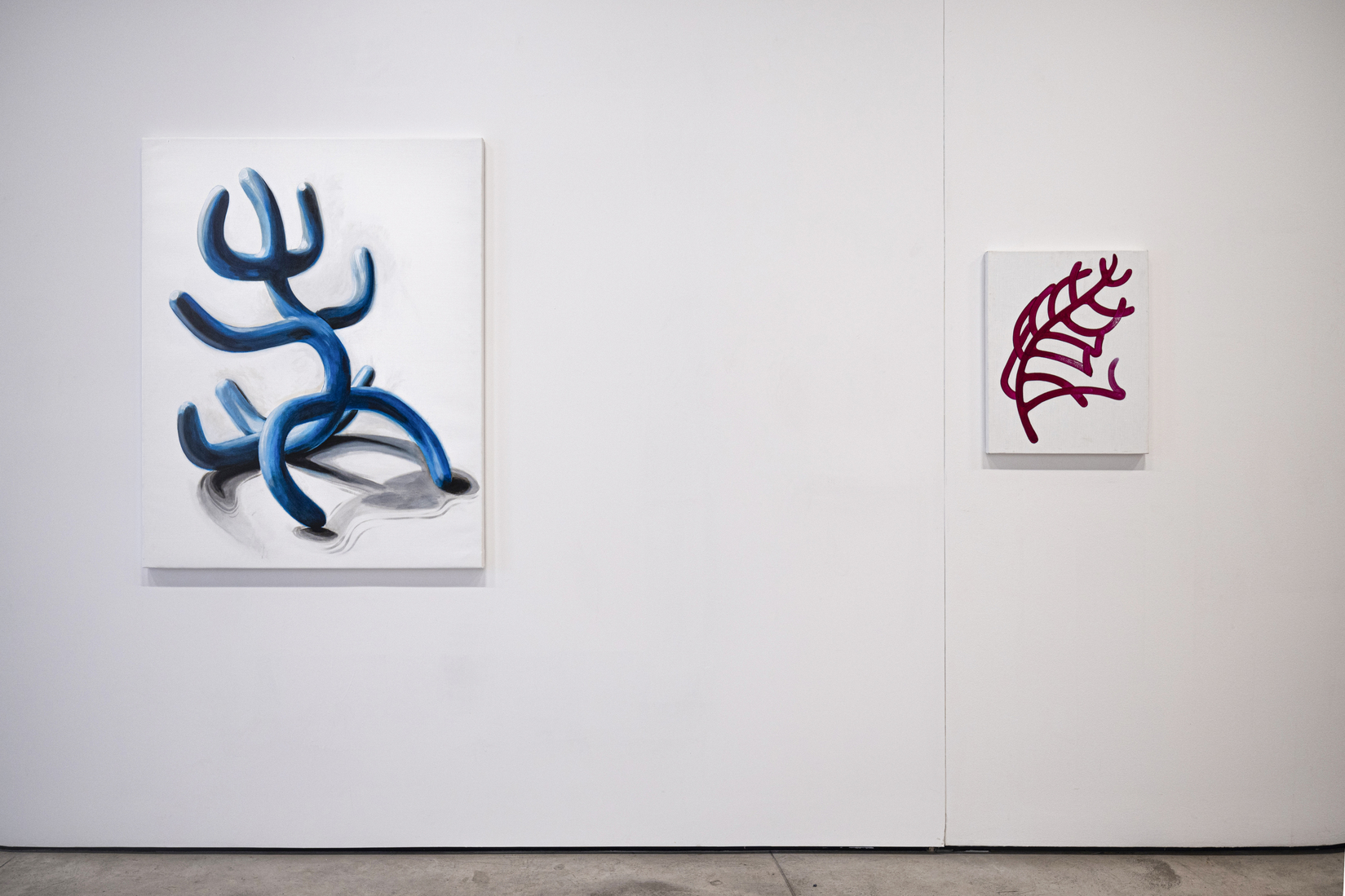
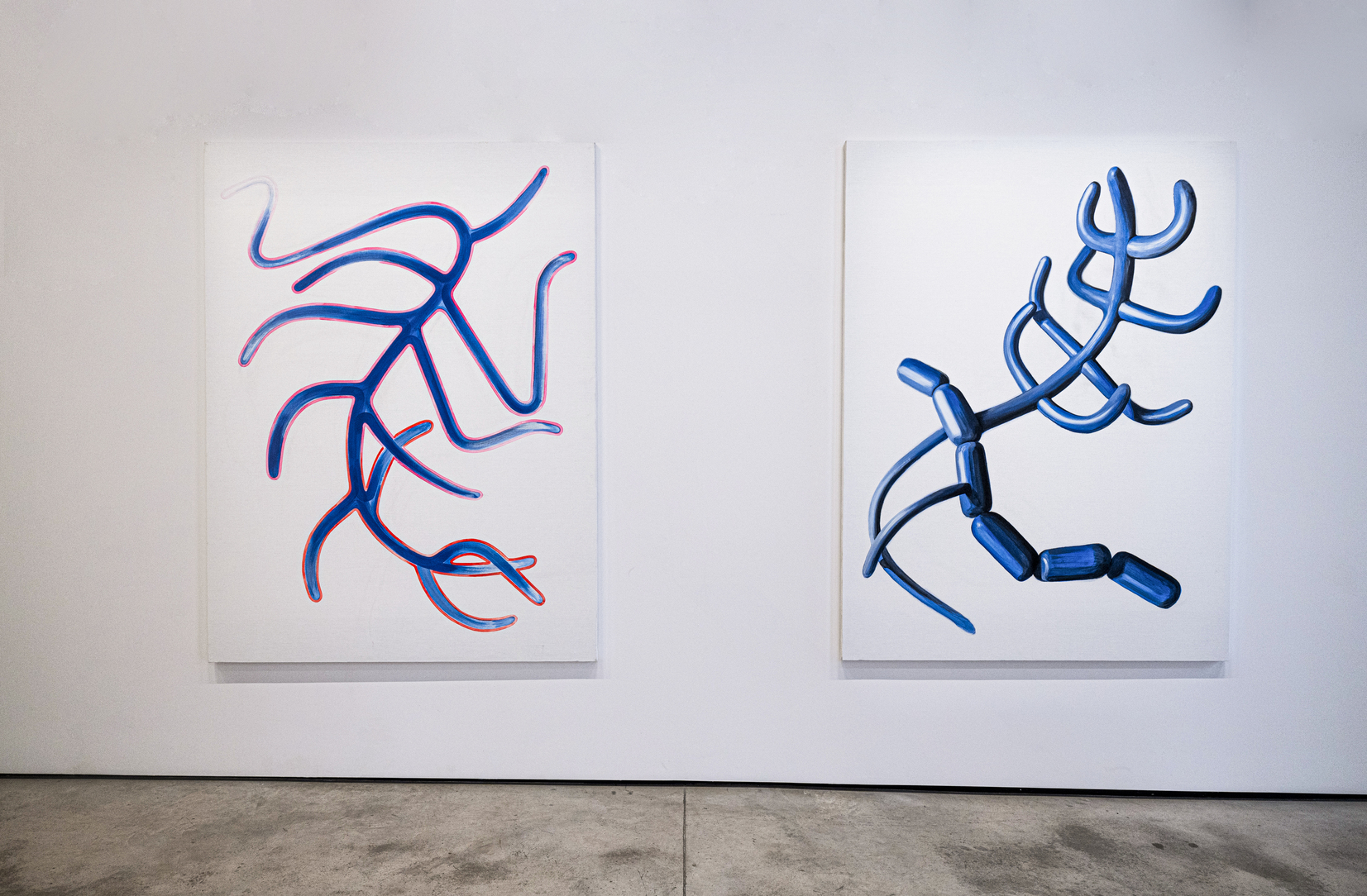
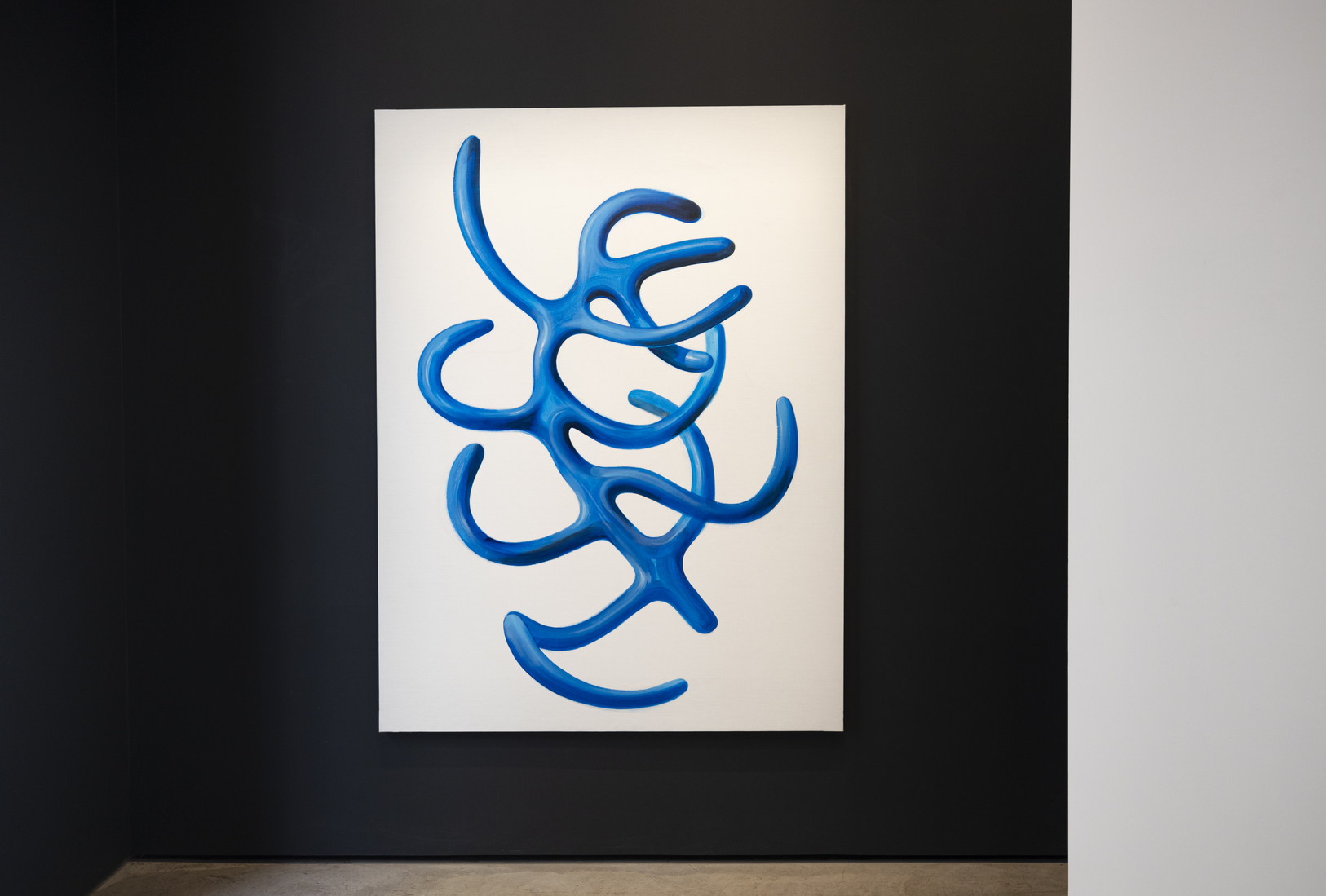
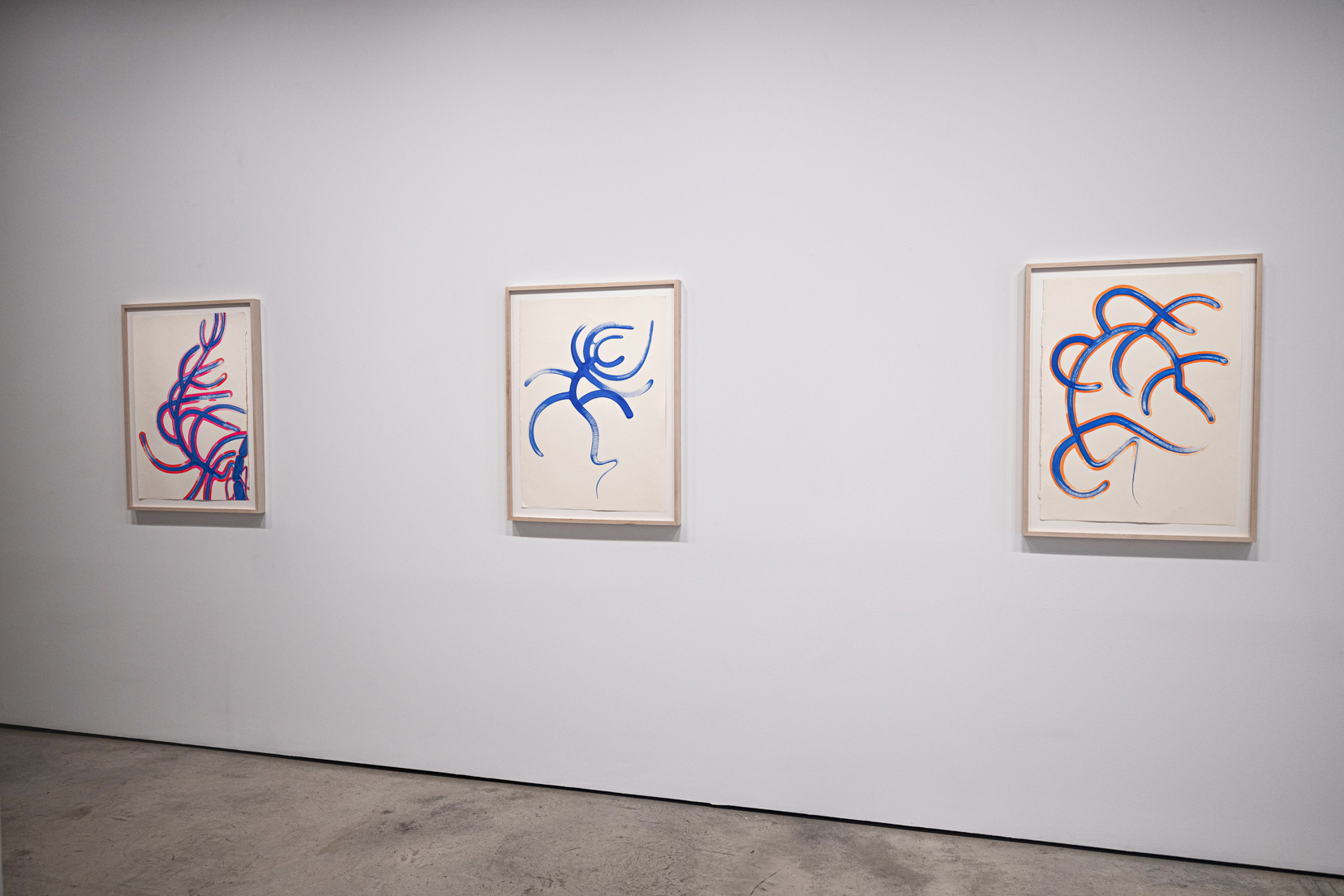
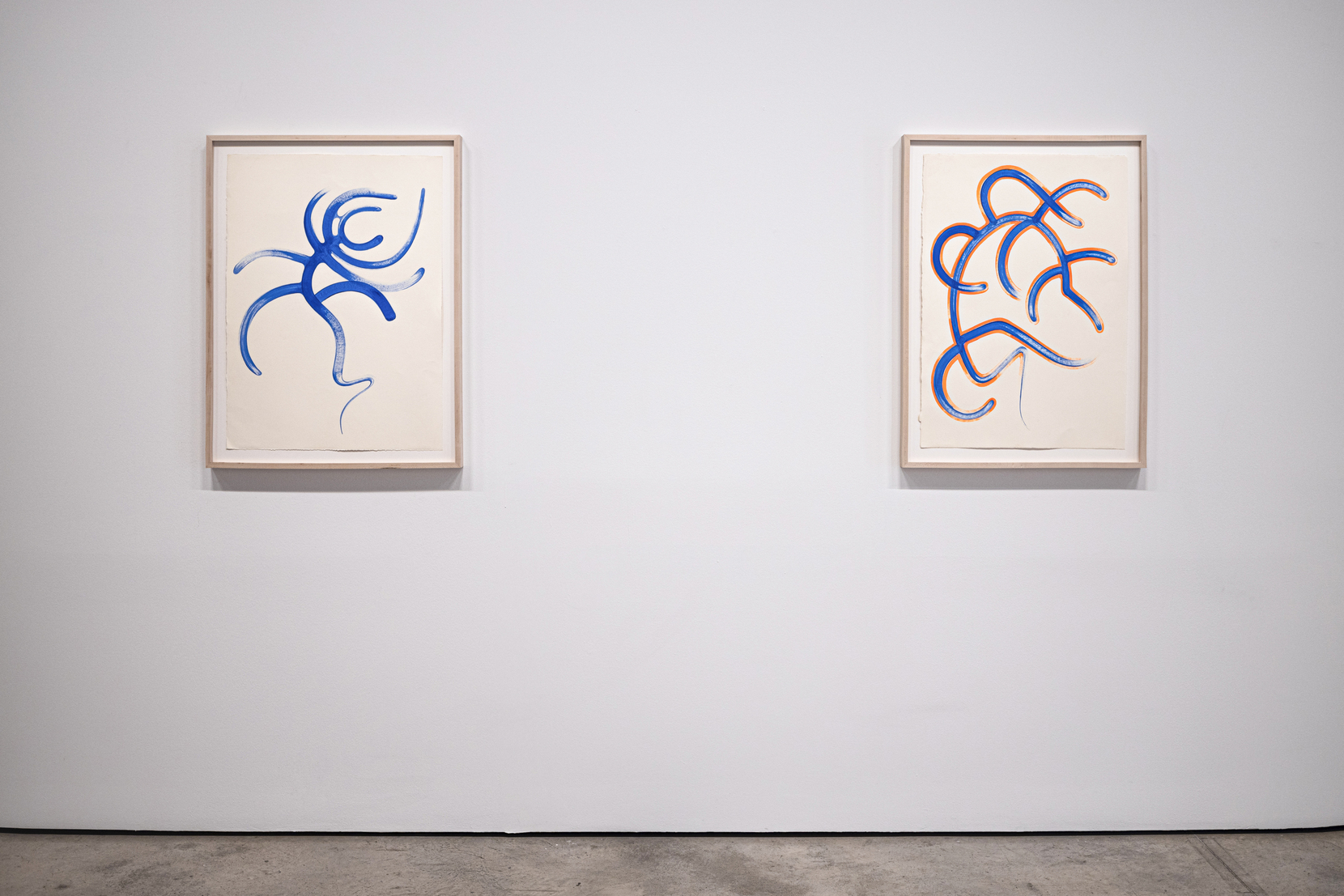
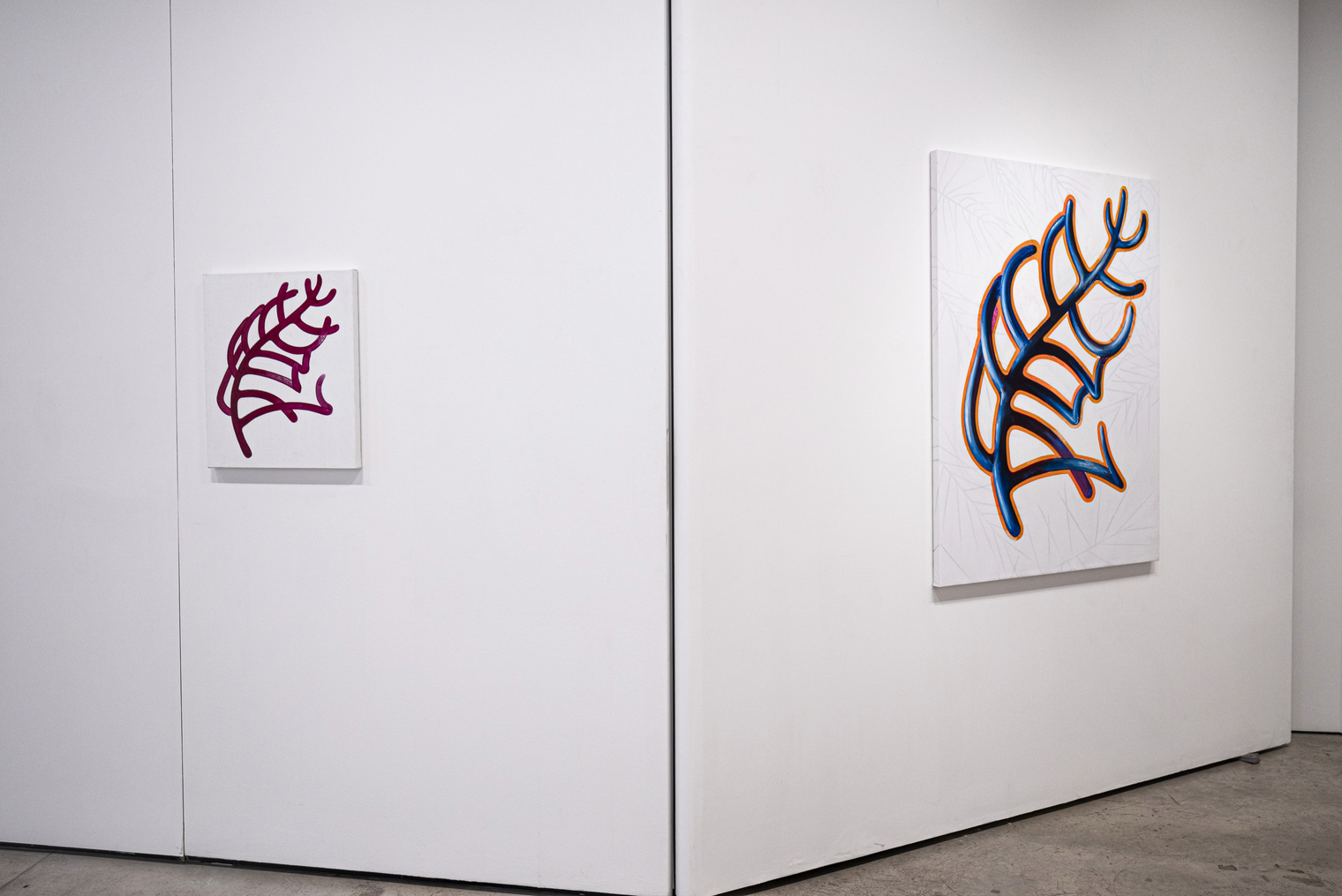
LA HUELLA SECA
Manuel León
Manuel León embodies the Flow, long before urbanites devoid of street cred and psychologists appropriated the word, and he will continue to do so even after rappers have long forgotten it. He encompasses all the flow of the Golden Age and that of the 21st century: he is completely immersed in rhythm and flows with it. And that elusive quality, difficult to define, is what defines his painting.
Spanish children of the 80s grew up seeing ugly graffiti and tags on the fences of vacant lots and train tracks, when street art was confined to the streets where it was born, not yet considered art, and certainly not museum-worthy. They also grew up reading Grimm’s fairy tales, watching classic Disney films from before the 80s, and wearing fluorescent clothes with acid house smiley faces. But in the Seville of that time, that was considered in bad taste, and when social events arrived, everything was draped in 19th-century aesthetics, and graffiti was cleaned up from the “traditional route”. In the Fine Arts faculty, the traditional, or official, route was precisely what was studied: the tradition of great masters like Murillo, Zurbarán, Valdés Leal, Velázquez… you had to KNOW, know how to PAINT, paint WELL. The contemporary was also there, of course, but often there were two distinct “branches” for graduates: either you were modern, or you were left to “dress saints.” But lo and behold, along comes Manué (Get a Manué in your life), with oil paint, watercolour, and spray paint in hand, dressed in a hoodie and boots, gliding on a wave of baroque folds filled with acids, comics, vultures, graffiti, Nazarenes, bulls, virgins, Adam’s ribs or Shere Khans… and the water bearers and party poopers of Seville and any corner of Art History. Manuel can make the Virgin Mary appear in a fluorescent jungle of surfer trees.
Because it’s impossible to avoid getting involved in everything if you have a huge curiosity, a lion-like energy, and zero prejudices. He reads, watches, and listens to a lot and everything, he could be your podcast dealer for politics, botany books, world music, historical anecdotes, or B-movie gems. He can distil an idea that represents a popularly shared knowledge, like in “El medio casado, me lo dijo un pajarito” (“He’s half married, a little bird told me”, ref. to old fashioned gossip) or anticipate ten years ahead of new pseudo-philosophical theories, and title one of his exhibitions in 2009 as “La dictadura del placer” (The dictatorship of pleasure). An artist, indeed. But he’s also a PAINTER.
He has a baroque spirit, the “horror vacui” of many of his paintings reflects how filled his head is. He connects thousands of seemingly contradictory references because he’s eclectic at heart (and in his stomach), but that allows him to mix the most intellectual with the most straightforward, the most sacred with the most profane, the acidic with the tender… In him, the “pop” isn’t about the colours, but about the popular. Often his paintings illustrate or are titled with proverbs or sayings (and in Andalusian dialect) while paraphrasing a Goya’s Capricho or reinterpreting a Vermeer. He painted graffiti Nazarenes, singers, party animals; and a “Goyaesque” figure hooded with a red carnation and a fan (What a stance! What an attitude!) which is the most accurate synthesis of the spirit of Seville’s Spring Festivities (some years even becoming the official poster). He sacralized “La costilla de Santa Clara,” with an impressive triptych that invited to pray to her – or to take off one’s hat – and a concert-performance with contemporary flamenco artists Rocío Márquez and Raúl Cantizano.
He portrays some of the most ironic figures in the history of painting in hoodies, like Ducrueux’s yawning man – his was “The awakening of reason” – and they didn’t lose expressiveness under the veil and glazes. In his large baroque compositions, he replaced saints, parishioners, and patrons with a forest of “characters that should behave like in Commedia dell’arte: the attire and the way they moved would make it clear to the viewer who was who: the suit-wearers, handlers of political reality; those dressed in tunics or tracksuits, managed whose philosophy was summed up in a phrase: ‘my little oil for the car and my pack of cigarettes in my pocket, I need nothing else’. And often the individualised figure of a lone, naked woman, but aware of the situation and owner of her body and her mind.” That’s how it is in his work “Vuelven los problemas del siglo pasado,”(“the problems of the past century return”) “¿Democracia real ya?” (“real democracy already?”) or “Deporte y Culturas.” (“Sport and Culture”). And then he dared to say in an interview that “Disney had influenced painting and the way of perceiving the world more than Picasso,” to the scandal of art purists and nationalists.
Let’s take a break (I wouldn’t trade it for anything), to talk about his connections with the world of theatre, cinema, or music. Paintings that become covers (or not) for Spanish singers like Pony Bravo (“De Palmas y Cacería”), Rocío Márquez, or El Niño de Elche (masterfully immortalised as “El niño de oro”, The Golden Boy); artistic direction and collaborations in publications and shows of those other disciplines.
And the last key to his source code: generosity. If one digs through the archives and looks for Manuel’s interviews, they will be sprinkled with names of contemporary Sevillian artists, his “teachers,” his colleagues in profession, joys, and sorrows; his friends. They are his true friends, like Una Helena; María, from “Ella acabará con todas las plagas del mundo” (“She will finish with all the plagues of the world”); “la” Rocío, to whom he teaches about the owl from his favourite bird book in “Amistad y Autonomía.” (“friendship and Autonomy”). And many more who he will not forget as they still have a place in his heart and his head.
Now he inaugurates a new exhibition at the Yusto Giner gallery, the unclassifiable result – is it abstract? Is it figurative? Is it the end? Is it a process? Is it solid? Is it hollow? Is it true? “Painting is always a lie,” he would answer – of the latest path he has taken. Another path, however, where his personality, his “handwriting,” and the wickerwork of his ART are recognized. That’s what Flow is all about.
Muñoz y Diezma
Sevilla, 24 de marzo de 2024
La vida minúscula de Isabel Rosado
7 Jan, 2021
El Expediente X, Isabel Rosado. La Vanguardia
29 Dec, 2020
Achtung!/ Ángeles Agrela, arte contemporáneo
23 Dec, 2020
Art of Choice/ rethink history and representation through Angeles Agrela’s work
18 Dec, 2020
Marbella Gallery Weekend
13 Nov, 2020
The Marbella Gallery Weekend aims to offer a quality artistic and cultural experience in line with the objectives of MUAC, and understood as an inaugural act for the association. Following the example of other important initiatives such as Apertura in Madrid, Art...
Diario Sur / Julio Anaya, arte codiciado entre los desechos
5 Aug, 2020
“The Truth Is Out There” de Isabel Rosado con Yusto/Giner en PHotoESPAÑA2020.
1 Jul, 2020
El Festival Off Online estará activo durante toda la edición de PHotoESPAÑA2020, desde el 1 de julio hasta el 31 de octubre. Este año, participan 107 galerías de todo el país que se han unido a este proyecto convirtiendo la plataforma en un punto de encuentro de...
La Vanguardia / Dream Scenario
5 Apr, 2020
Descubrir el arte / Ángeles Agrela. El cuerpo como hilo conductor de narraciones
1 Apr, 2020
Ana Barriga. Plantas de interior. Taller
31 Mar, 2020
“Plantas de interior”, un taller artístico con Ana Barriga en tiempos de encierro. El Festival de Artes Contemporáneas de Bellas Artes (FACBA) propone la realización de un taller de creación con la artista Ana Barriga. La actividad dará comienzo el próximo martes 31...
Details
- Start:
- 5 Apr
- End:
- 25 May
- Event Categories:
- EXHIBITIONS, Manuel León
- Event Tags:
- Manuel León
Local
- Yusto/Giner Gallery
-
C/Madera nº9
Marbella, Málaga 29603 España - Teléfono:
- +34 951 507 053